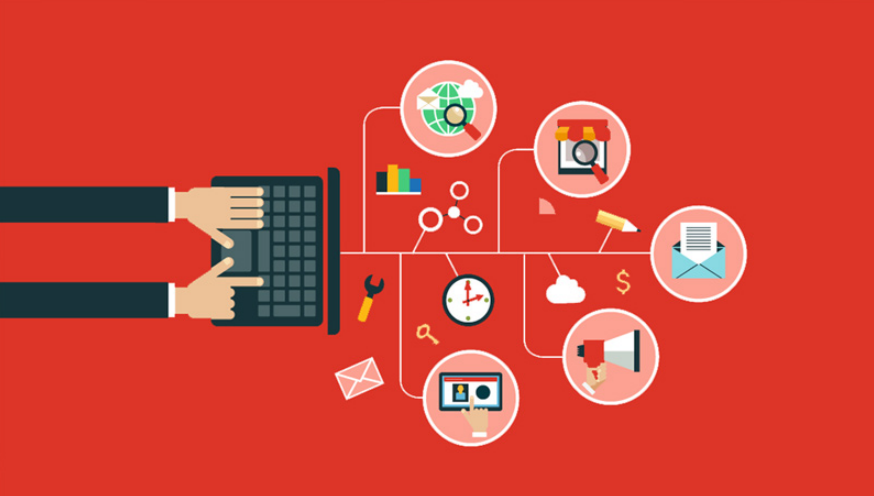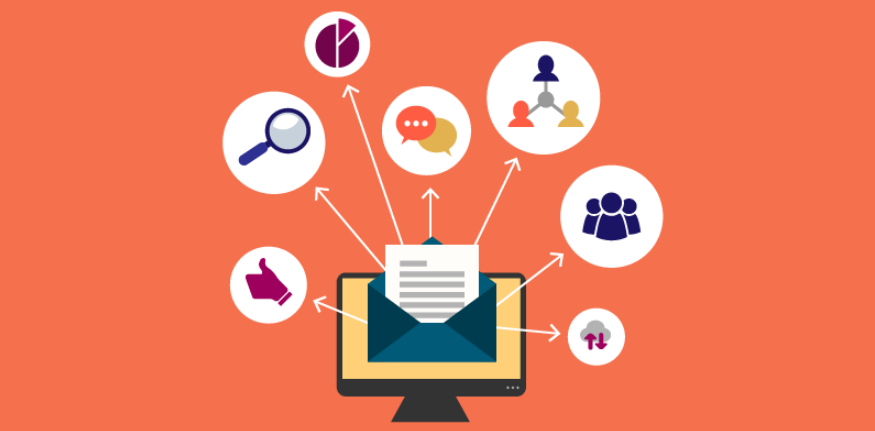The Ultimate Guide to Data Lineage in 2022
What is data lineage? Why is data lineage important? What are the benefits of data lineage? If you are looking answers to these questions, then you’ve come to the right place. In this article, we’ll give an ultimate guide to data lineage to let you have a better understanding of it.

What is data lineage?
Data lineage reveals the life cycle of data—it’s designed to show the complete flow of data from start to finish. Data lineage is the process of understanding, documenting, and visualizing data as it flows from its source to consumption. This includes all the transformations the data goes through along the way—how the data was transformed, what changed, and why.
What are the benefits of data lineage?
Data lineage enables companies to:
- Tracking errors in data processing;
- Implement process changes with less risk;
- Execute system migrations with confidence;
- Combine data discovery with a comprehensive view of metadata to create a data mapping framework.
Data lineage helps users ensure that their data comes from a trusted source, has been properly transformed, and loaded into a designated location. Data lineage plays an important role when strategic decisions depend on accurate information. If the data process is not properly tracked, the data becomes nearly impossible to verify, or at least very expensive and time-consuming.
Data lineage focuses on verifying the accuracy and consistency of data, allowing users to search upstream and downstream from source to destination to find anomalies and correct them.
Why is data lineage important?
Just knowing the source of a particular dataset is not always enough to understand its significance, perform bug resolution, understand process changes, and perform system migrations and updates.
Knowing who made changes, how they were updated, and the processes used can improve data quality. It allows data custodians to ensure the integrity and confidentiality of data protected throughout its lifecycle.
Data lineage can have a significant impact on:
- Strategic reliance on data – Good data keeps businesses afloat. All departments, including marketing, manufacturing, management and sales, rely on data. Information gathered from research, field, and operational systems helps optimize organizational systems to improve products and services. The details provided through data lineage help to better understand the meaning and validity of this data.
- Data is constantly changing – Data changes over time. New methods of collecting and accumulating data must be combined and analyzed and used by management to create business value. Data lineage provides tracking capabilities to reconcile and leverage old and new datasets.
- Data Migration – When IT needs to move data to a new storage device or a new software system, they need to understand the location and lifecycle of the data source. Data lineage provides this information quickly and easily, making migration projects easier and less risky.
- Data Governance – The details tracked in data lineage are a great way to provide compliance audits, improve risk management, and ensure that data is stored and processed in accordance with organizational policies and regulatory standards.

Data Lineage and Data Classification
Data classification is the process of classifying data into categories based on user-configured characteristics.
Data classification is an important part of information security and compliance programs, especially when organizations store large amounts of data. It provides a solid foundation for data security strategies by helping to understand where sensitive and regulated data is stored locally and in the cloud.
Additionally, data classification can improve user productivity and decision-making, remove unnecessary data, and reduce storage and maintenance costs.
Data classification is especially powerful when used in conjunction with data lineage:
- Data classification helps find sensitive, confidential, business-critical or compliance-compliant data.
- For each dataset of this nature, data lineage tools can be used to investigate its entire lifecycle, uncover integrity and security issues, and resolve them.
Data Lineage Techniques and Examples
Here are some common techniques for performing data lineage on strategic datasets.
Pattern-based Lineage:
This technique performs lineage without dealing with the code used to generate or transform the data. It involves metadata evaluation of tables, columns, and business reports. Using this metadata, it investigates lineage by looking for patterns. For example, if two datasets contain a column with similar names and unusual data values, it is likely that this is the same data in both phases of their life cycle. The two columns are then linked together in the data lineage diagram.
The main advantage of schema-based lineage is that it only monitors data, not data processing algorithms, so it is technology-agnostic. It can be used in the same way in any database technology, be it Oracle, MySQL or Spark.
The downside is that this method is not always accurate. In some cases, it can miss connections between datasets, especially if the data processing logic is hidden in programming code and not apparent in human-readable metadata.
Lineage by Data Tag:
This technique is based on the assumption that the transformation engine tags or labels the data in some way. To discover lineages, it tracks tags from start to finish. This method only works if you have a consistent transformation tool that controls all data movement, and you know the markup structure used by the tool.
Even if such a tool exists, lineage marked by data cannot be applied to any data that was not generated or transformed by the tool. In this sense, it is only suitable for performing data lineage on closed data systems.
Self-sufficient Lineage:
Some organizations have data environments that provide storage, processing logic, and master data management (MDM) for centralized control of metadata. In many cases, these environments contain a data lake that stores all data at all stages of their lifecycle.
This type of stand-alone system itself can provide lineage without the need for external tools. However, as with the data tagging approach, lineage will be unaware of anything going on outside of this controlled environment.
Parsed Lineage:
This is the most advanced form of lineage, which relies on automatic read logic for processing data. This technique reverse-engineers data transformation logic to perform comprehensive end-to-end tracing.
The deployment of this solution is complex because it requires knowledge of all programming languages and tools used to transform and move data. This may include extract-transform-load (ETL) logic, SQL-based solutions, JAVA solutions, legacy data formats, XML-based solutions, etc.
Data Lineage for Data Processing, Ingestion, and Querying
When building a data-linked system, you need to track every process in the system that transforms or processes data. Data needs to be mapped at every stage of data transformation. You need to track tables, views, columns and reports across databases and ETL jobs.
To facilitate this, collect metadata from each step and store it in a metadata repository that can be used for lineage analysis.
Here’s how to perform lineage at different stages of the data pipeline:
- Data Ingestion – Track the flow of data in a data ingestion job and check for errors in data transfer or mapping between source and target systems.
- Data Processing – Track specific operations performed on data and its results. For example, a data system reads a text file, applies a filter, counts the values in a particular column, and writes to another table. Each data processing stage is analyzed individually to identify errors or security/compliance violations.
- Query History – Track user queries or automated reports generated from systems such as databases and data warehouses. Users can perform operations such as filters, joins, and more, effectively creating new datasets. This makes it critical to perform data lineage for important queries and reports to validate process data. Lineage data can also help users optimize their queries.
- Data Lake – Track user access to different types of objects or different data fields and identify security or governance issues. These issues can be complicated to implement in a big data lake due to the large amount of unstructured data.
Conclusion
Thank you for reading our ultimate guide to data lineage and we hope the ultimate guide to data lineage can help you to have a better understanding of data lineage.
If you want to learn more about data lineage, we would like to advise you to visit Gudu SQLFlow for more information. As one of the best data lineage tools available on the market today, Gudu SQLFlow can not only analyze SQL script files, obtain data lineage, and perform visual display, but also allow users to provide data lineage in CSV format and perform visual display.

